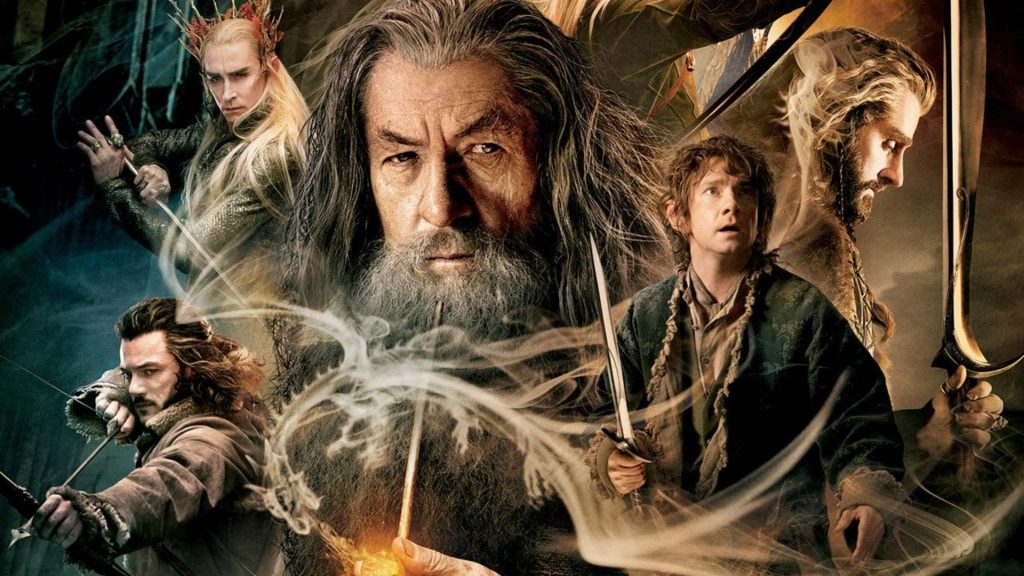Lent 2024, Day 12: The Beauty of Myth.

From Preparing for Easter: Fifty Devotional Readings From C.S. Lewis:
When Professor Tolkien began there was probably no nuclear fission and the contemporary incarnation of Mordor was a good deal nearer our shores. But the text itself teaches us that Sauron is eternal; the war of the Ring is only one of a thousand wars against him. Every time we shall be wise to fear his ultimate victory, after which there will be ‘no more songs’. Again and again we shall have good evidence that ‘the wind is setting East, and the withering of all woods may be drawing near’. Every time we win we shall know that our victory is impermanent. If we insist on asking for the moral of the story, that is its moral: a recall from facile optimism and wailing pessimism alike, to that hard, yet not quite desperate, insight into Man’s unchanging predicament by which heroic ages have lived. It is here that the Norse affinity is strongest; hammer-strokes, but with compassion.
‘But why,’ (some ask), ‘why, if you have a serious comment to make on the real life of men, must you do it by talking about a phantasmagoric never-never land of your own?’ Because, I take it, one of the main things the author wants to say is that the real life of men is of that mythical and heroic quality. One can see the principle at work in his characterisation. Much that in a realistic work would be done by ‘character delineation’ is here done simply by making the character an elf, a dwarf, or a hobbit. The imagined beings have their insides on the outside; they are visible souls. And Man as a whole, Man pitted against the universe, have we seen him at all till we see that he is like a hero in a fairy tale? In the book Eomer rashly contrasts ‘the green earth’ with ‘legends’. Aragorn replies that the green earth itself is ‘a mighty matter of legend’.
The value of the myth is that it takes all the things we know and restores to them the rich significance which has been hidden by ‘the veil of familiarity’. The child enjoys his cold meat (otherwise dull to him) by pretending it is buffalo, just killed with his own bow and arrow. And the child is wise. The real meat comes back to him more savoury for having been dipped in a story; you might say that only then is it the real meat. If you are tired of the real landscape, look at it in a mirror. By putting bread, gold, horse, apple, or the very roads into a myth, we do not retreat from reality: we rediscover it. As long as the story lingers in our mind, the real things are more themselves. This book applies the treatment not only to bread or apple but to good and evil, to our endless perils, our anguish, and our joys. By dipping them in myth we see them more clearly. I do not think he could have done it in any other way.
ON STORIES “Tolkien’s The Lord of the Rings”
I’ve turned this book every Lent for years now, and definitely recommend it. You can buy it here.
